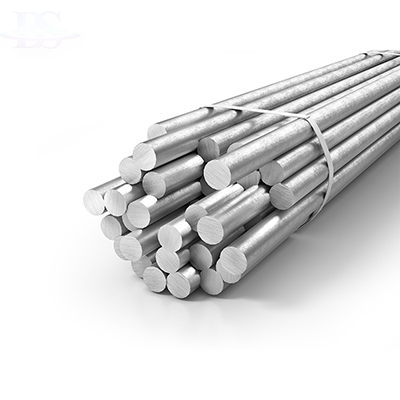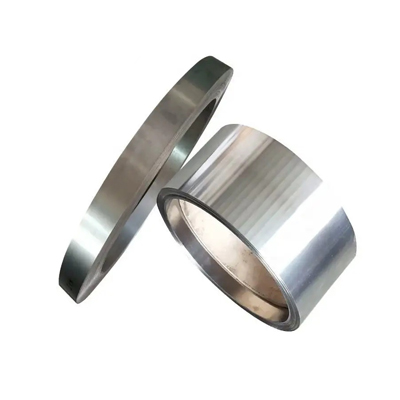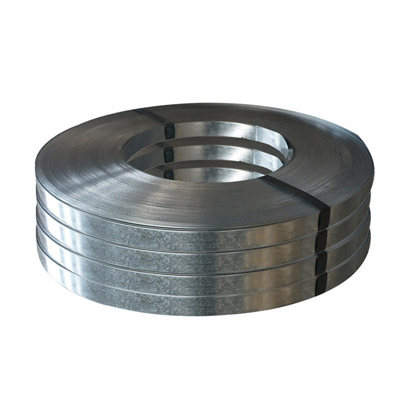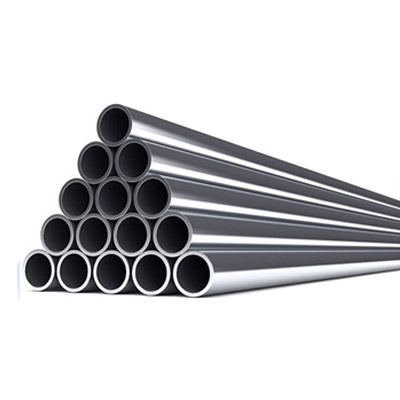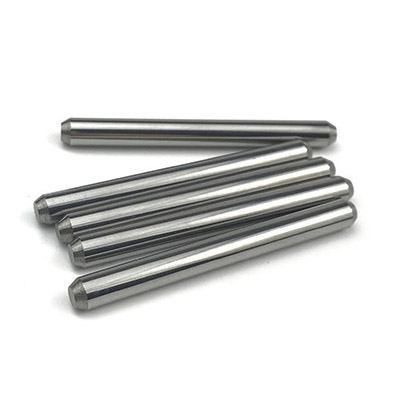Nimonic 115/W. Nr. 2.4636 Tube Strip Bar Sheet
Overview
NIMONIC alloy 115 (W. Nr. 2.4636) is a nickelchromium-cobalt based alloy, strengthened with additions of molybdenum, aluminum and titanium. It was developed as a creep-resisting alloy for service at temperatures up to about 1010°C, as turbine blades for aircraft gas turbines.
Offering superior oxidation resistance and high-temperature strength, the original intended application for this product was in the production of gas turbine blades. Heat treatment of the product is by solution treatment and then ageing.
Limiting Chemical Composition, %
Nickel........................................................................................................................................................................................Balance.
Carbon ...................................................................................................................................................................................0.17 max.
Silicon.....................................................................................................................................................................................1.00 max.
Copper....................................................................................................................................................................................0.20 max.
Iron..........................................................................................................................................................................................1.00 max.
Manganese.............................................................................................................................................................................1.00 max.
Chromium...........................................................................................................................................................................14.00-15.70
Titanium..................................................................................................................................................................................0.90-1.50
Aluminum................................................................................................................................................................................4.50-4.90
Cobalt..................................................................................................................................................................................18.00-22.00
Molybdenum...........................................................................................................................................................................4.50-5.50
Lead....................................................................................................................................................................................0.0015 max.
Sulfur.......................................................................................................................................................................................0.01 max.
Boron.....................................................................................................................................................................................0.003-0.01
Ziconlum.................................................................................................................................................................................0.15 max.
Physical Constants
Below are some physical constants and thermal properties of
Density |
Mg/m3.............................................................................................8.01 |
lb/in3.............................................................................................0.289 |
|
Melting Range |
Liquidustemperature, °C................................................................1345 |
Solidustemperature, °C..................................................................1290 |
Mechanical properties
Properties |
Metric |
Imperial |
Tensile strength (precipitation hardened, value at room temperature) |
1150 MPa |
167000 psi |
Yield strength (precipitation hardened, value at room temperature, @strain 0.200%) |
770 MPa |
112000 psi |
Elongation at break (precipitation hardened) |
25% |
25% |
Corrosion Resistance
Offering superior oxidation resistance and high-temperature strength, the original intended application for this product was in the production of gas turbine blades.
Forming
This alloy has good ductility and may be readily formed by all conventional methods. Because the alloy is stronger than regular steel it requires more powerful equipment to accomplish forming. Heavy-duty lubricants should be used during cold forming. It is essential to thoroughly clean the part of all traces of lubricant after forming as embrittlement of the alloy may occur at high temperatures if lubricant is left on.
Welding
The commonly used welding methods work well with this alloy. Matching alloy filler metal should be used. If matching alloy is not available then the nearest alloy richer in the essential chemistry (Ni, Co, Cr, Mo) should be used. All weld beads should be slightly convex. It is not necessary to use preheating. Surfaces to be welded must be clean and free from oil, paint or crayon marking. The cleaned area should extend at least 2" beyond either side of a welded joint. Gas-Tungsten Arc Welding: DC straight polarity (electrode negative) is recommended. Keep as short an arc length as possible and use care to keep the hot end of filler metal always within the protective atmosphere. Shielded Metal-Arc Welding: Electrodes should be kept in dry storage and if moisture has been picked up the electrodes should be baked at 600 F for one hour to insure dryness. Current settings vary from 60 amps for thin material (0.062" thick) up to 140 amps for material of 1/2" and thicker. It is best to weave the electrode slightly as this alloy weld metal does not tend to spread. Cleaning of slag is done with a wire brush (hand or powered). Complete removal of all slag is very important before successive weld passes and also after final welding. Gas Metal-Arc Welding: Reverse-polarity DC should be used and best results are obtained with the welding gun at 90 degrees to the joint. For Short-Circuiting-Transfer GMAW a typical voltage is 20- 23 with a current of 110-130 amps and a wire feed of 250-275 inches per minute. For Spray-Transfer GMAW voltage of 26 to 33 and current in the range of 175-300 amps with wire feed rate of 200-350 inches per minute are typical. Submerged-Arc Welding: Matching filler metal, the same as for GMAW, should be used. DC current with either reverse or straight polarity may be used. Convex weld beads are preferred.
Heat Treatment
Nimonic 115™ is solution annealed for 1 ½ 1/2 hours at 1190°C (2175°F), air cooled to 1099°C (2010°F), held for 6 hours at 1099°C (2010°F) and again cooled in air
Forms
We provide you with a variety of product forms, including but not limited to
Bar/Rod
Pipe/Tube
Coil/Strip
Plate/Sheet/Circle
Wire
Fitting (Flange, Elbow, Tee...)
Customize
description2



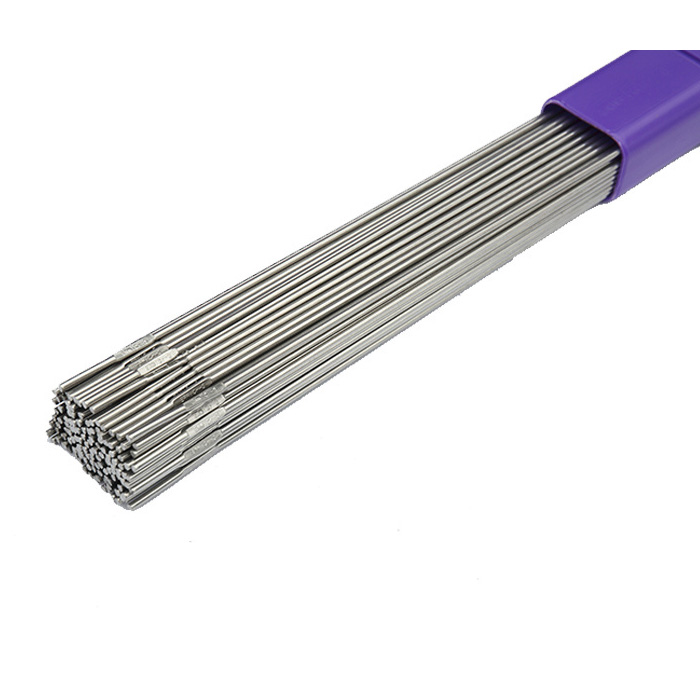 Inconel 625
Inconel 625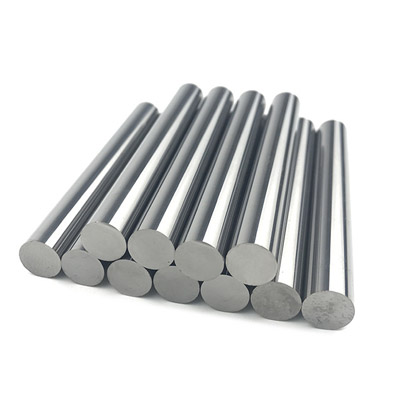 Inconel 718
Inconel 718 Inconel 725
Inconel 725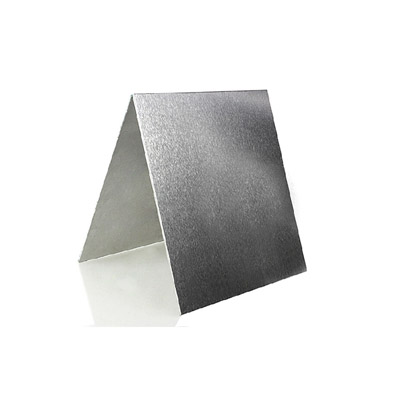 Inconel X-750
Inconel X-750 Inconel 690
Inconel 690 Inconel 617
Inconel 617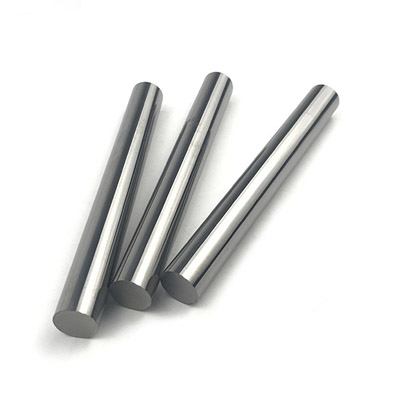 Inconel 601
Inconel 601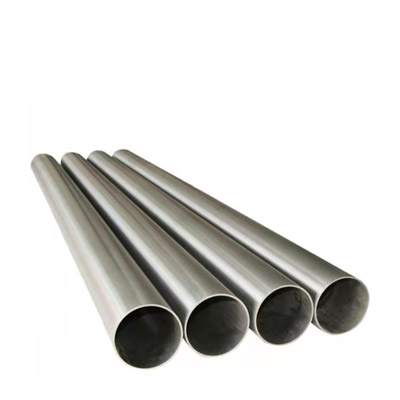 Inconel 600
Inconel 600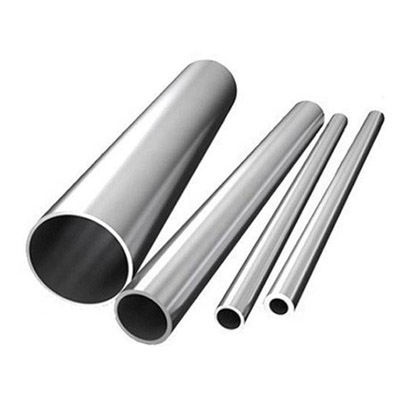 Inconel 686
Inconel 686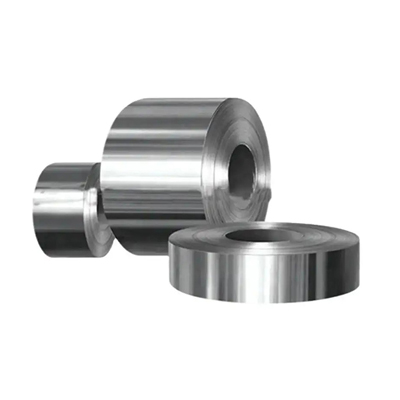 Inconel 602CA
Inconel 602CA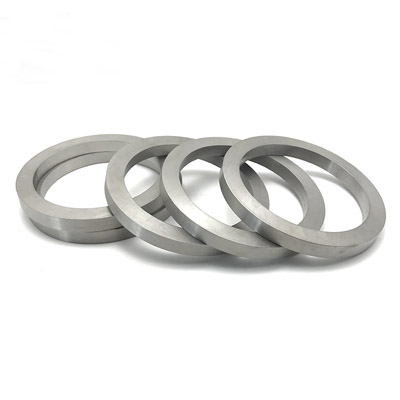 Incoloy A-286
Incoloy A-286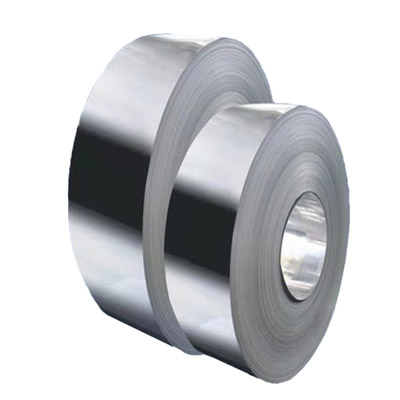 Incoloy 825
Incoloy 825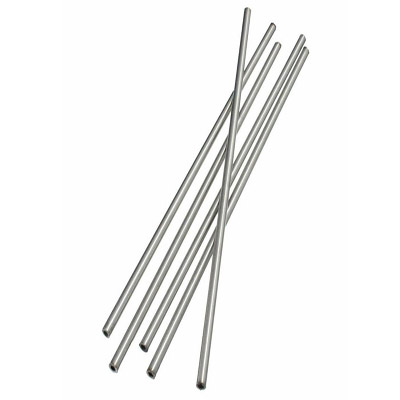 Incoloy 925
Incoloy 925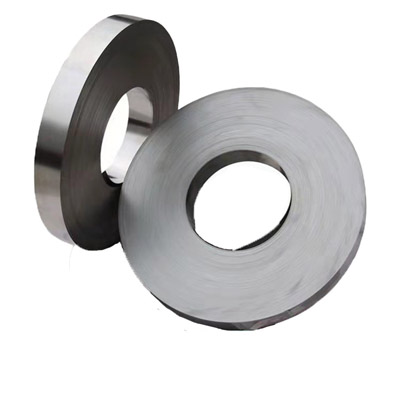 Incoloy 926
Incoloy 926 Incoloy 800
Incoloy 800 Incoloy 800H
Incoloy 800H Incoloy 800HT
Incoloy 800HT Incoloy 909
Incoloy 909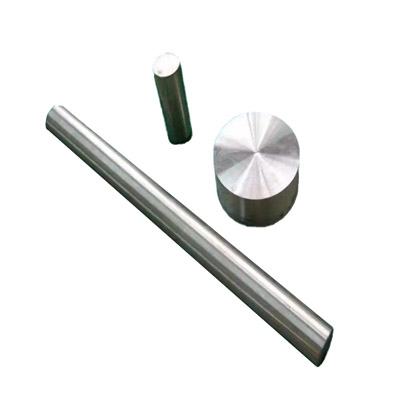 Incoloy 31
Incoloy 31 Incoloy 901
Incoloy 901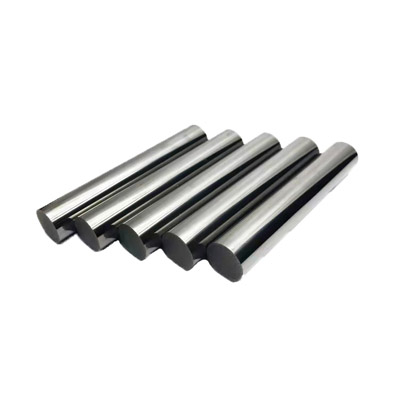 Monel K-500
Monel K-500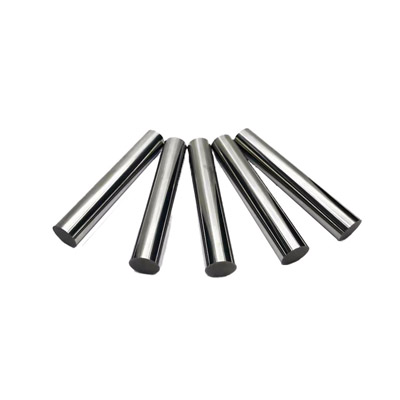 Monel 400
Monel 400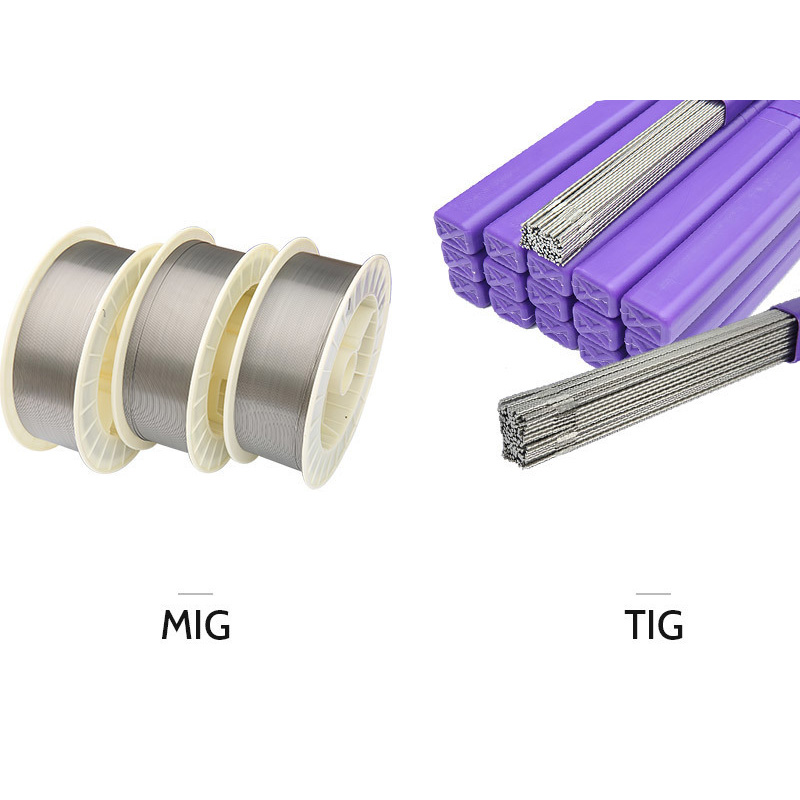 Nimonic 263
Nimonic 263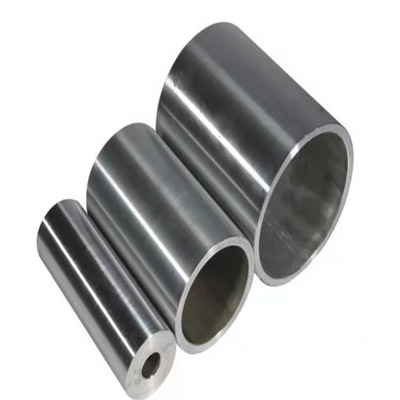 Nimonic 75
Nimonic 75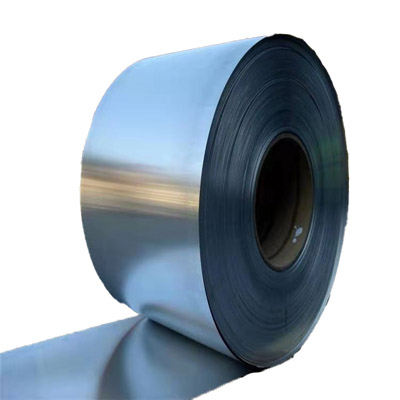 Nimonic 80A
Nimonic 80A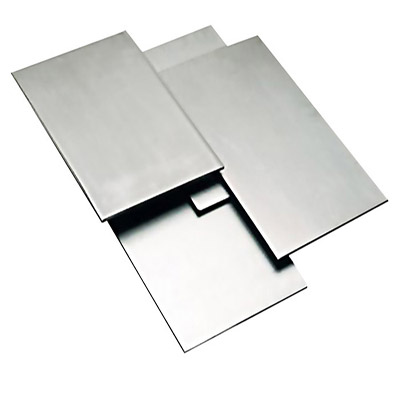 Nimonic 90
Nimonic 90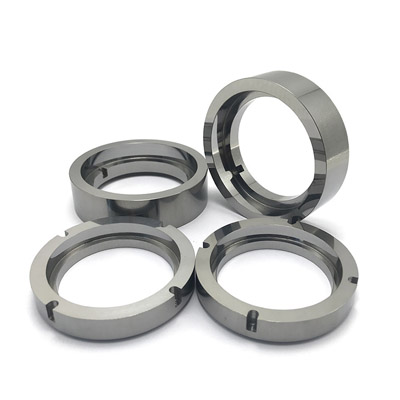 Nimonic PE11
Nimonic PE11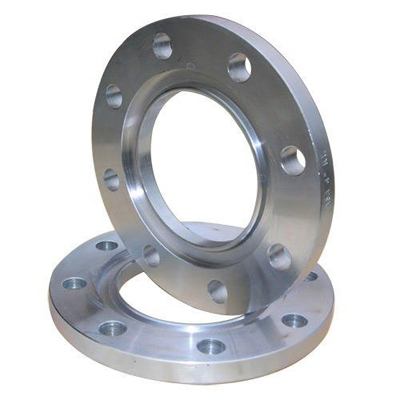 Nimonic PE16
Nimonic PE16 Nimonic PK33
Nimonic PK33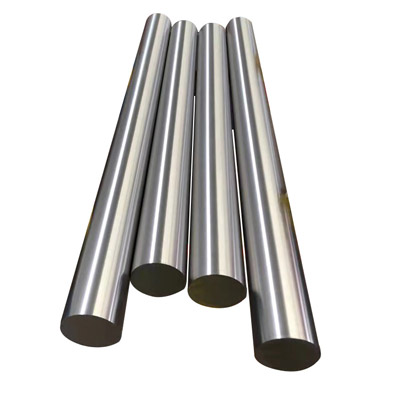 Nimonic 901
Nimonic 901 Nimonic 81
Nimonic 81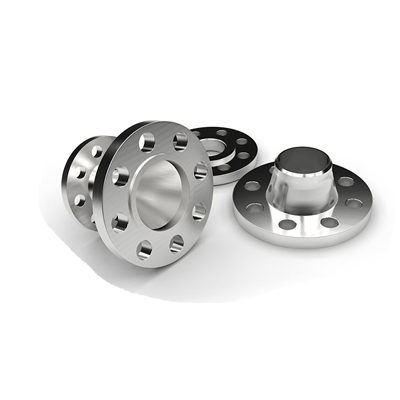 Nimonic 86
Nimonic 86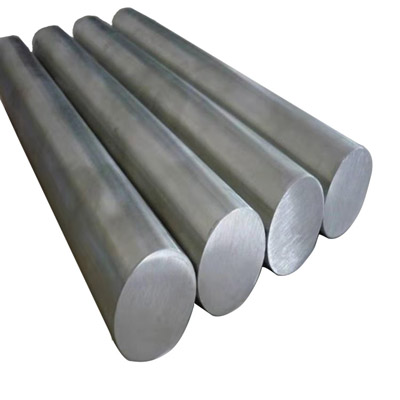 Nimonic 105
Nimonic 105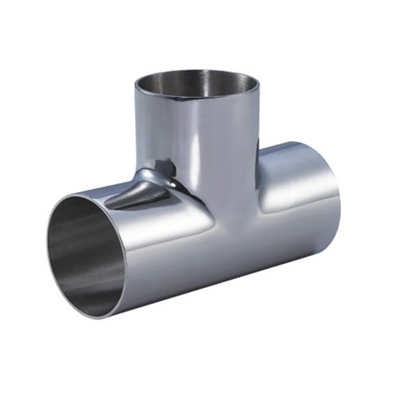 Nimonic 115
Nimonic 115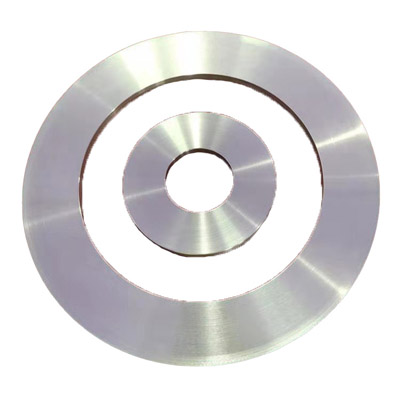 Hastelloy C-276
Hastelloy C-276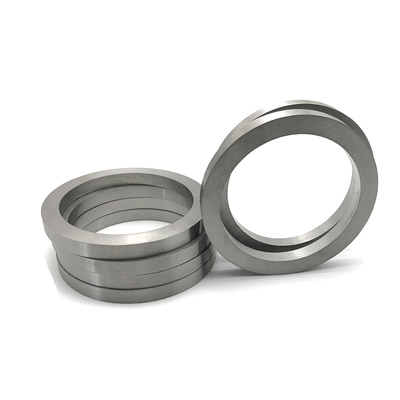 Hastelloy C
Hastelloy C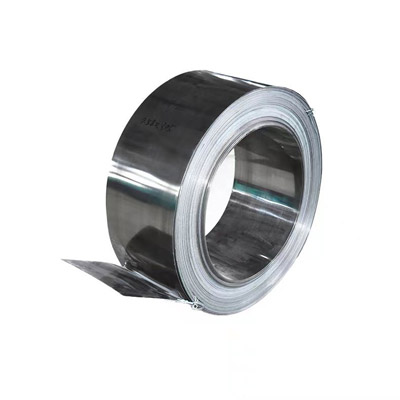 Hastelloy C4
Hastelloy C4 Hastelloy C-22
Hastelloy C-22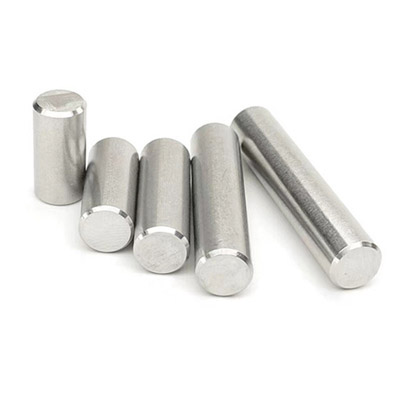 Hastelloy C-2000
Hastelloy C-2000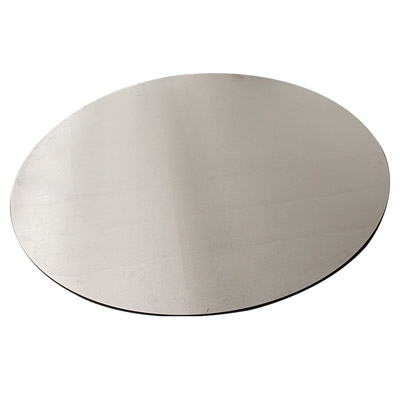 Hastelloy B-2
Hastelloy B-2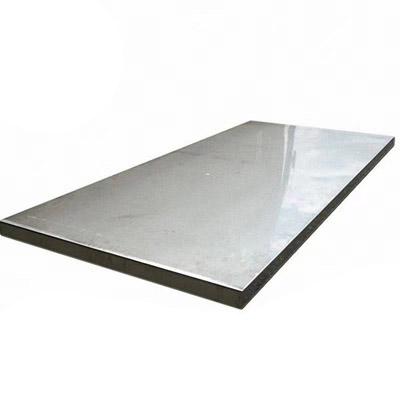 Hastelloy B-3
Hastelloy B-3 Hastelloy G30
Hastelloy G30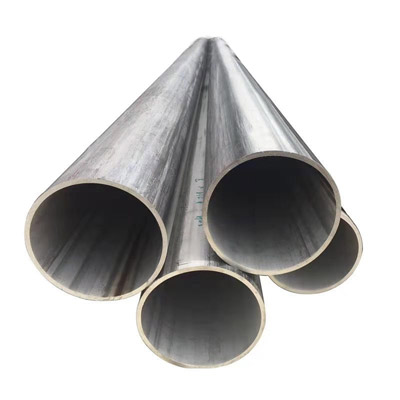 Hastelloy X
Hastelloy X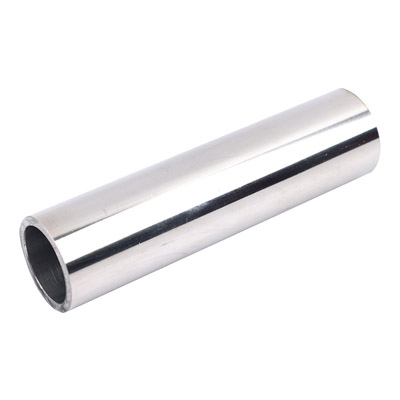 Super Invar 32-5(4J32)
Super Invar 32-5(4J32)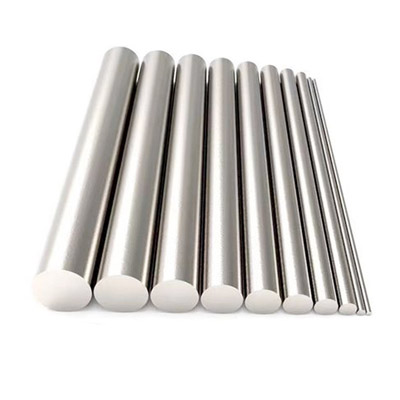 Alloy 36(4J36)
Alloy 36(4J36)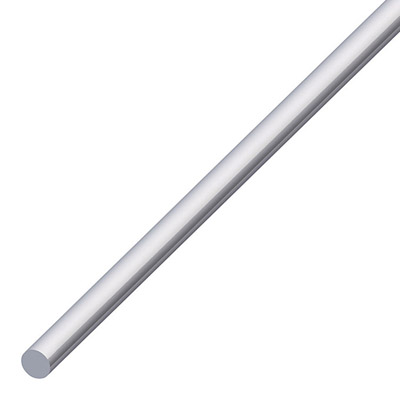 Alloy 42(4J42)
Alloy 42(4J42) Alloy 50(1J50)
Alloy 50(1J50) Hiperco 50(1J22)
Hiperco 50(1J22)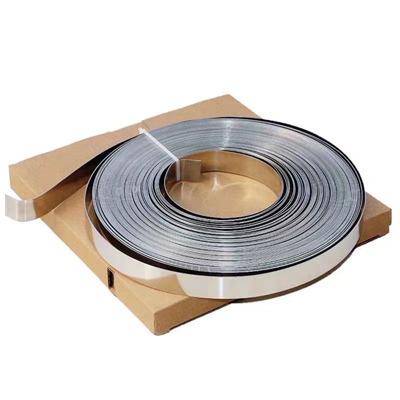 Alloy 46
Alloy 46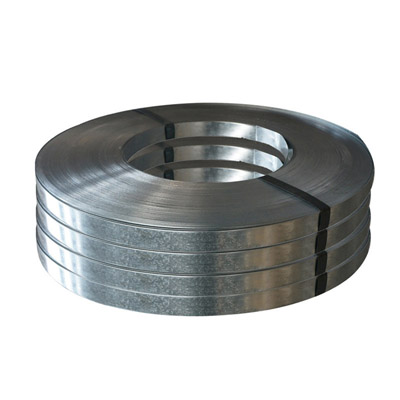 Permalloy (1J79)
Permalloy (1J79) Supermalloy(1J85)
Supermalloy(1J85)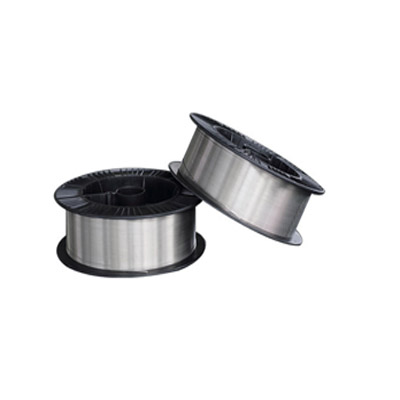 ERNiCrMo-2
ERNiCrMo-2 ERNiCrMo-3
ERNiCrMo-3 ERNiCrMo-4
ERNiCrMo-4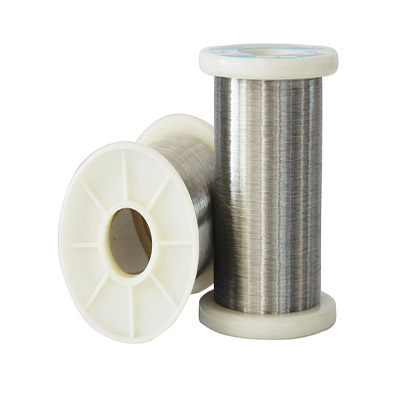 ERNiCrFe-7
ERNiCrFe-7 ERNiCrFe-7A
ERNiCrFe-7A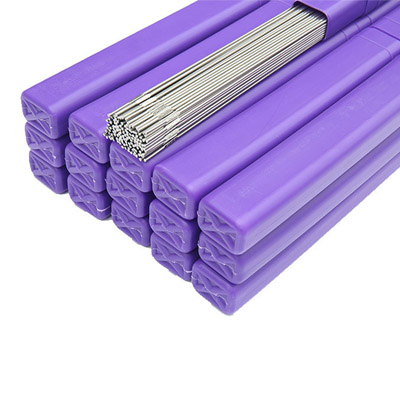 ERNiCrMo-10
ERNiCrMo-10 ERNiCrCoMo-1
ERNiCrCoMo-1 ERNiFeCr-2
ERNiFeCr-2 ERNiFeCr-1
ERNiFeCr-1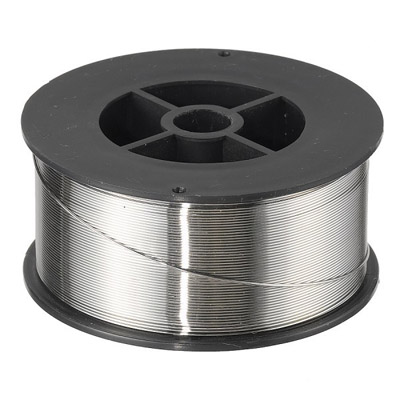 ERNiMo-8
ERNiMo-8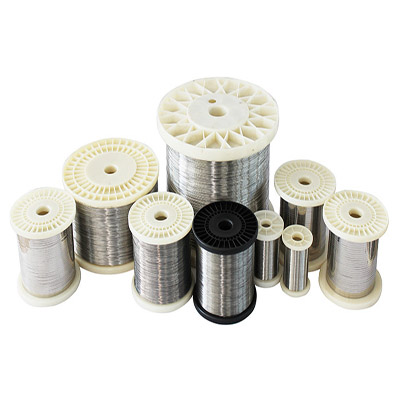 ERNiCrMo-13
ERNiCrMo-13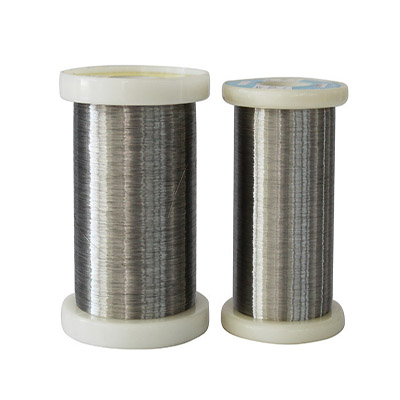 ERNiCr-4
ERNiCr-4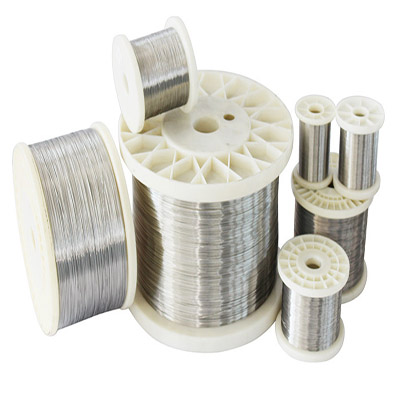 ERNiCr-3
ERNiCr-3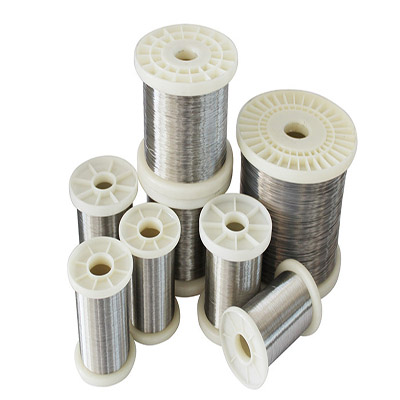 ERNi-1
ERNi-1 Haynes-25
Haynes-25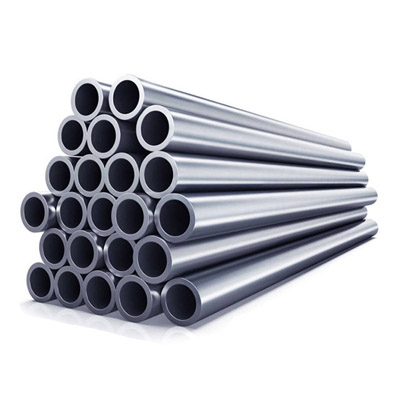 Hayness-188
Hayness-188 MP35N
MP35N Refractory 26
Refractory 26 Waspaloy alloy
Waspaloy alloy 17-4PH
17-4PH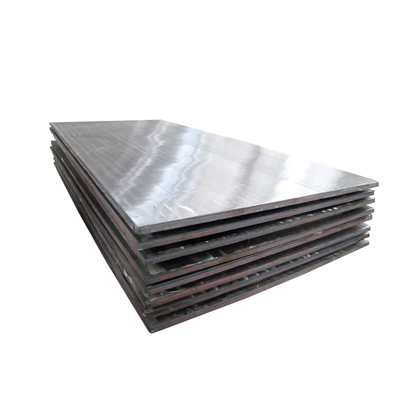 17-7PH
17-7PH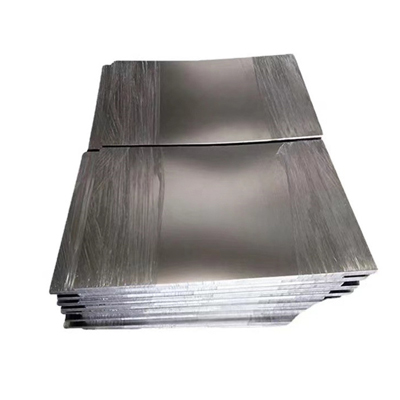 904L
904L Nitronic 50
Nitronic 50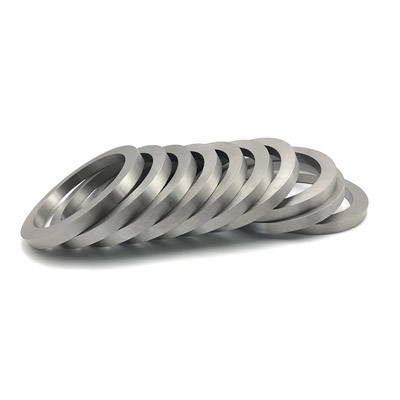 Nitronic 60
Nitronic 60 AL-6XN
AL-6XN F55
F55 PH 13-8
PH 13-8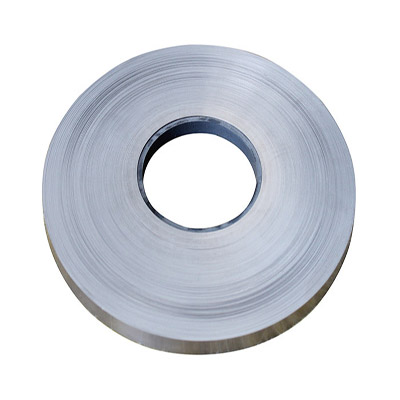 Haynes-230
Haynes-230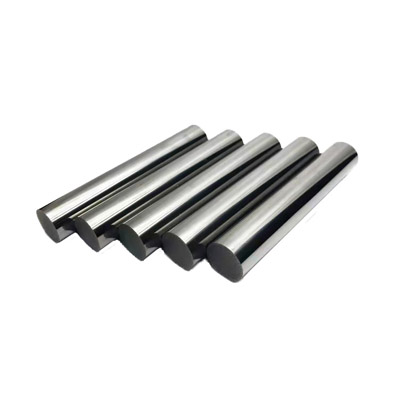 Nickel 200
Nickel 200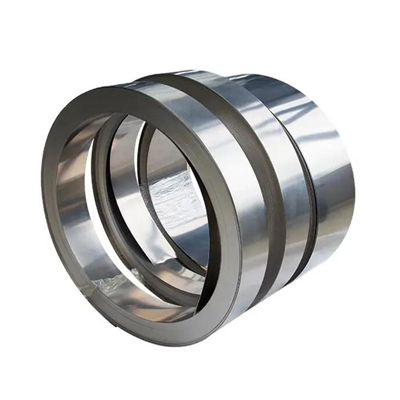 Cr20Ni80
Cr20Ni80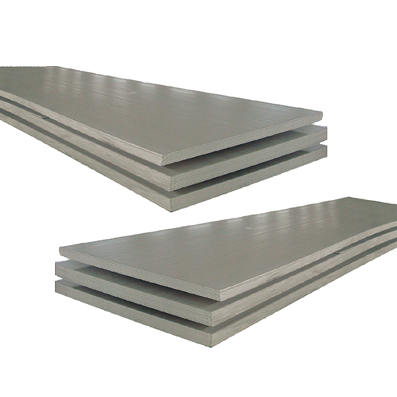 Sheet & Plate
Sheet & Plate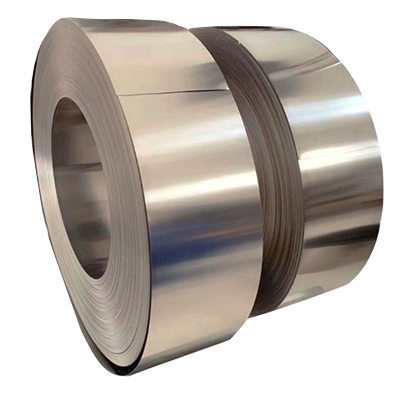 Strip & Foil
Strip & Foil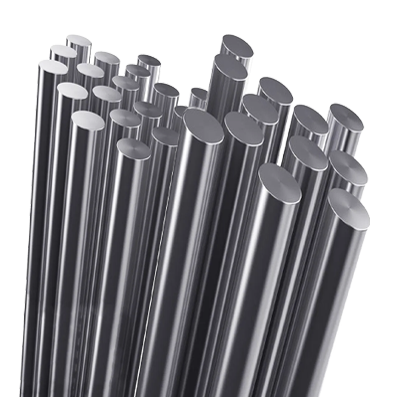 Bar & Rod
Bar & Rod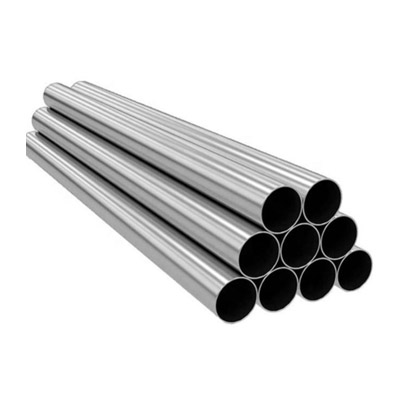 Pipe & Tube
Pipe & Tube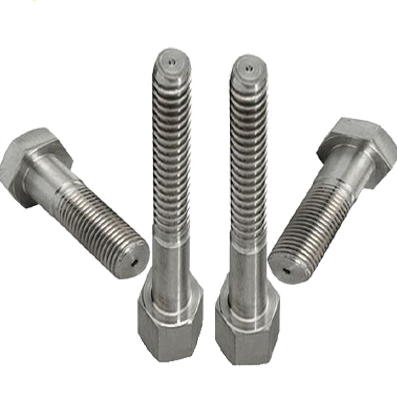 Bolts & Fasteners
Bolts & Fasteners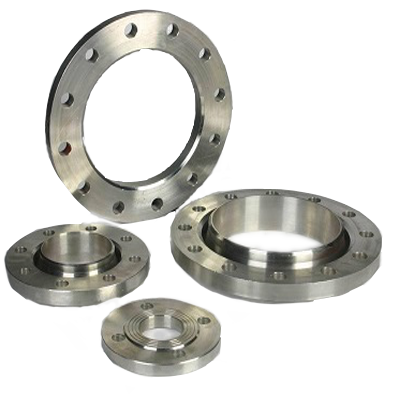 Flange & Ring
Flange & Ring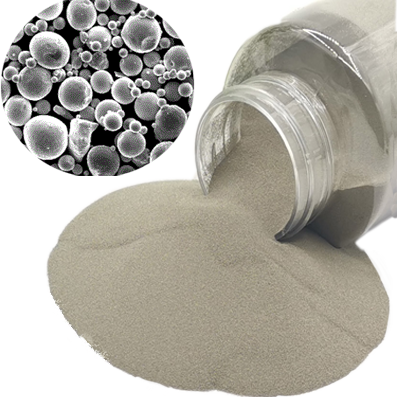 Nickel Alloy Powder
Nickel Alloy Powder

